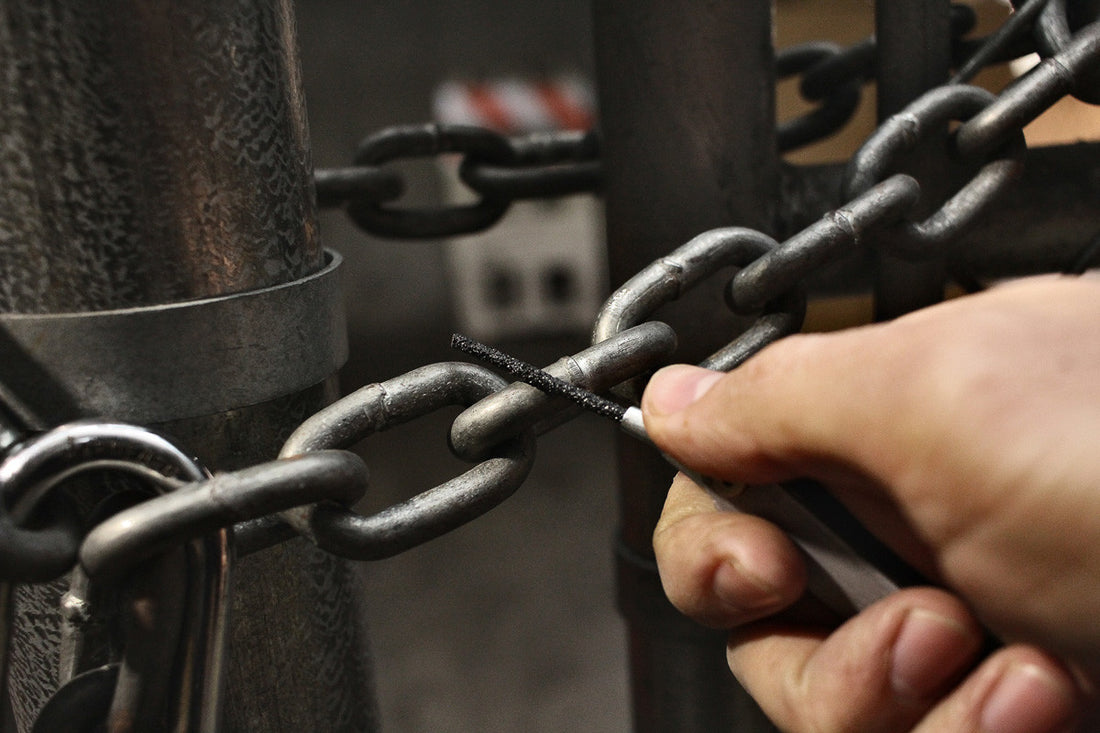Blog
How Do Handcuff Keys Work?
How to Cut Through (Just About) Anything
Why You Need a Handcuff Trainer
Why Travelers Should Carry Handcuff Keys
All About Disposable Restraints
How to Pick a Handcuff Lock
Methods of Escaping from Handcuffs: An Overview



